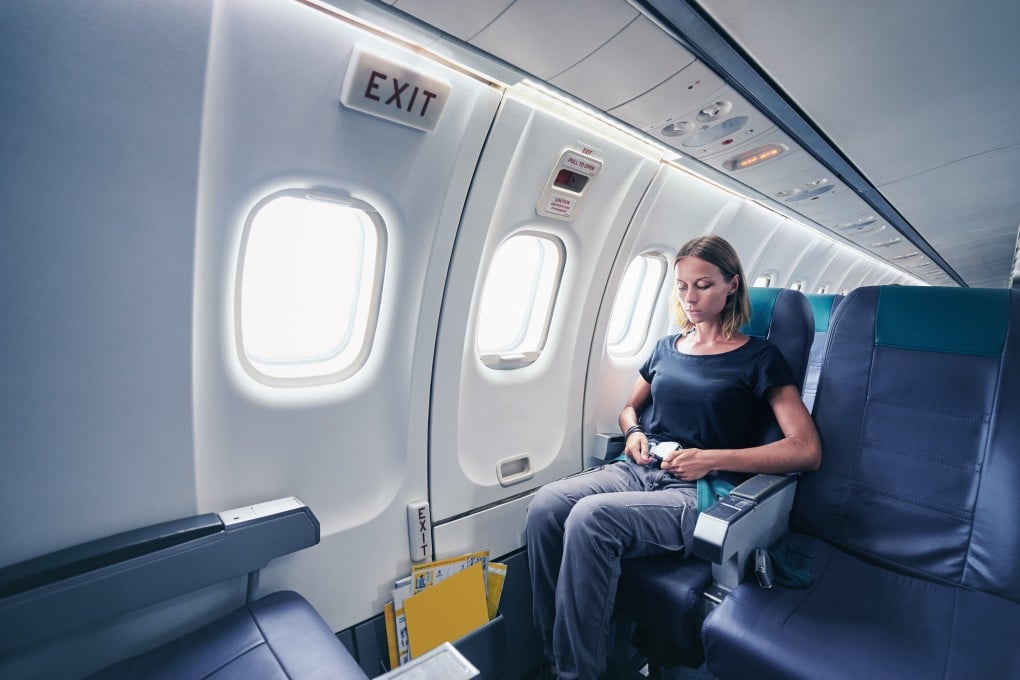How the extra legroom in plane emergency exit rows comes with extra responsibilities
- They are the last seats in economy class with half decent room, but you must qualify to sit at the emergency exit rows, even if you pay more
- Extra rules include minimum age of 15, physical wellness and being able to understand and follow directions

As personal space on planes continues to shrink, eyes are falling on the last place where you can still enjoy a small amount of dignity: the emergency exit row.
The rows leading to the “overwing” emergency exits usually still have the humane 36 inches (91cm) of space necessary for quick egress during an evacuation. They also are often occupied by experienced air travellers who mind their own business.
If you’re not in a special class or in one of the bulkhead seats – those in the first row of the cabin, which also have more legroom – the emergency exit row is the next best place to sit.
But, as many air travellers are discovering, these coveted seats come with their own rules – and not just the written ones laid out in the Code of Federal Regulations and clearly disclosed when you get the seat assignment. There are unwritten rules, too, which can trip up even experienced passengers.

Let’s start with the written rules. The Federal Aviation Administration (FAA) has numerous regulations that govern who can, and cannot, sit in an emergency exit row. You must be at least 15 years old.